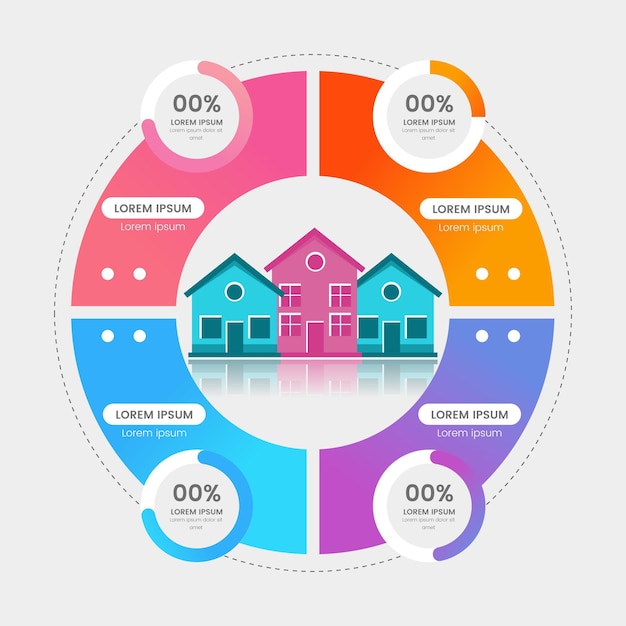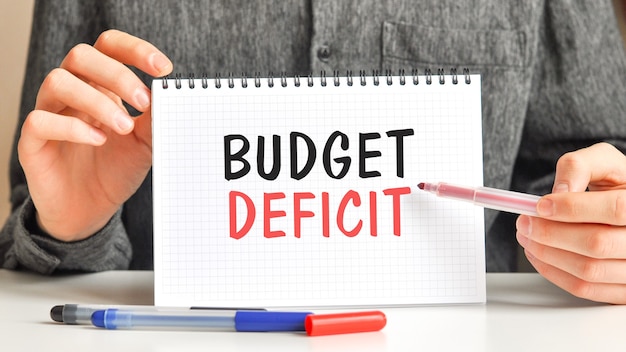Improve Your Financial Health: A Guide to Understanding Spending Habits

Improve your financial health by gaining deep insights into your spending habits, creating a budget aligned with your financial goals, and identifying areas where you can save more effectively.
Do you ever wonder where your money goes each month? Taking control of your finances starts with understanding your spending habits. This article will help you improve your financial health by understanding your spending habits, empowering you to make informed decisions and achieve your financial goals.
Why Understanding Your Spending Habits Matters
Understanding your spending habits is the cornerstone of good financial health. It’s about knowing exactly where your money is going each month, which provides a clear picture of your financial situation. Without this knowledge, it’s like navigating without a map.
Knowing your spending habits allows you to identify areas where you might be overspending, enabling you to make adjustments and reallocate funds towards your financial goals.
Gaining Control Over Your Finances
Understanding your spending helps you to gain more control over your finances. When you know where your money is going, you can make informed decisions, such as cutting back on non-essential expenses or saving more.
Achieving Financial Goals More Easily
Once you have a clear picture of your spending, setting and achieving financial goals becomes much easier. Whether it’s paying off debt, saving for a down payment, or investing for retirement, understanding your spending habits provides the foundation for success.

- Track your expenses: Use budgeting apps, spreadsheets, or notebooks to record your spending.
- Categorize your spending: Group your transactions into categories like housing, food, transportation, and entertainment.
- Analyze your spending patterns: Look for trends and areas where you might be able to cut back.
In essence, monitoring your expenses paves the way for more informed financial decisions, helping you allocate resources to areas that truly matter and align with your long-term objectives.
Tracking Your Income and Expenses
Tracking your income and expenses is the first crucial step in understanding your spending habits. This process involves meticulously recording all your sources of income and all of your expenses, no matter how small. It’s like creating a financial diary that provides a comprehensive view of your cash flow.
By tracking your income and expenses accurately, you can identify where you are earning money and where you are spending it. This will help you to see patterns and make informed decisions about your finances.
Methods for Tracking Expenses
There are several methods you can use to track your expenses, each with its pros and cons. Choose a method that fits your lifestyle and preferences.
- Budgeting Apps: Many budgeting apps like Mint, YNAB (You Need a Budget), and Personal Capital automatically track your transactions and categorize them.
- Spreadsheets: Creating a spreadsheet in Excel or Google Sheets allows you to manually enter your income and expenses, giving you full control over the organization.
- Notebooks: A simple notebook can be used to record your expenses manually. This method is best for those who prefer a hands-on approach.
The method you choose ultimately depends on your personal preference and how you prefer to manage and track your finances. By understanding your spending, you can make informed decisions about your financial future.
Creating a Budget That Works for You
Creating a budget is like drawing a blueprint for your financial future. It involves planning how you will spend your money each month, ensuring that your expenses align with your income and that you are making progress towards your financial goals.
A well-crafted budget can help you allocate your resources more effectively, prioritize your spending, and ensure that you are saving enough for the future. It’s a powerful tool for gaining control over your finances.
Types of Budgets
There are several types of budgets you can use, each with its own set of advantages and disadvantages. Here are a few common types:
- 50/30/20 Budget: Allocate 50% of your income to needs, 30% to wants, and 20% to savings and debt repayment.
- Zero-Based Budget: Allocate every dollar of your income to a specific expense, ensuring that your income minus your expenses equals zero.
- Envelope Budget: Allocate cash to different envelopes for different spending categories. Once the cash in an envelope is gone, you can’t spend any more in that category.
Selecting a budgeting method involves assessing how rigorously you want to track all your expenses and which one will be more manageable for you and your spending habits specifically.
Differentiating Needs vs. Wants
One of the key steps in understanding your spending habits is differentiating between needs and wants. Needs are essential expenses that are necessary for survival and basic well-being, while wants are non-essential expenses that are nice to have but not necessary.
Being able to distinguish between needs and wants can help you to prioritize your spending and make more informed decisions about where your money goes.
Examples of Needs vs. Wants
Here are some examples to help you differentiate between needs and wants:
- Needs: Housing, food, transportation to work, healthcare, and basic clothing.
- Wants: Dining out, entertainment, designer clothing, luxury cars, and expensive vacations.
Assessing which ones are more important for your day-to-day life can make the decision-making of the right method much easier for you.
Identifying and Cutting Unnecessary Expenses
Identifying and cutting unnecessary expenses is like trimming dead branches from a tree to promote growth. It involves carefully reviewing your spending habits to find areas where you can reduce or eliminate your expenses.
By cutting unnecessary expenses, you can free up more money to allocate towards your financial goals, such as paying off debt, saving for a down payment, or investing for retirement.

Strategies for Cutting Expenses
Here are some strategies you can use to identify and cut unnecessary expenses:
- Review Your Subscriptions: Cancel any subscriptions that you don’t use regularly.
- Reduce Dining Out: Cook more meals at home and reduce your dining out expenses.
- Shop Around for Better Deals: Compare prices and shop around for better deals on insurance, utilities, and other services.
Implementing these strategies can lead to substantial savings over time, allowing you to make progress toward your financial objectives more rapidly.
Setting Financial Goals and Aligning Spending Habits
Setting financial goals is like charting a course for your financial future. It involves defining what you want to achieve with your money, whether it’s paying off debt, saving for a down payment, or investing for retirement.
Once you have set your financial goals, the next step is to align your spending habits with those goals. This means making conscious decisions about how you spend your money, ensuring that your spending supports your goals.
Examples of Financial Goals and How to Align Spending
Here are some examples of financial goals and how to align your spending habits with those goals:
If your objective is to increase the savings contributions, the necessary steps may include re-evaluating optional expenditure to identify opportunities to re-direct funds toward the savings goals.
- Paying Off Debt: Reduce your discretionary spending and allocate the extra money towards debt repayment.
- Saving for a Down Payment: Set a savings goal and automate regular transfers from your checking account to your savings account.
- Investing for Retirement: Increase your retirement contributions and diversify your investment portfolio.
By aligning your spending habits with your financial goals, you can create a roadmap for success and ensure that you are making progress towards your dreams.
| Key Point | Brief Description |
|---|---|
| 📊 Track Expenses | Record all income and expenses using apps, spreadsheets, or notebooks. |
| 📝 Create a Budget | Plan how to spend your money each month, aligning expenses with income. |
| ✂️ Cut Expenses | Identify and reduce unnecessary spending to free up more money. |
| 🎯 Set Goals | Define financial goals and adjust spending habits to support achieving them. |
Frequently Asked Questions
▼
Tracking your spending habits provides visibility into where your money goes, helping you identify areas for potential savings and better financial planning.
▼
Common budgeting methods include the 50/30/20 rule, zero-based budgeting, and envelope budgeting, each offering a different approach to manage finances.
▼
Needs are essential expenses required for survival, while wants are non-essential items that are desired but not crucial for your basic well-being.
▼
To cut unnecessary expenses, review subscriptions, reduce dining out, shop around for better deals, and eliminate impulse purchases that don’t align with your goals.
▼
Financial goals provide direction for your spending habits by helping you prioritize where your money goes to achieve long-term objectives like saving for retirement.
Conclusion
By improving your financial health through understanding your spending habits, you empower yourself to make informed financial decisions, set achievable goals, and build a secure financial future. Start tracking your expenses, create a budget that works for you, and watch your financial well-being flourish.






